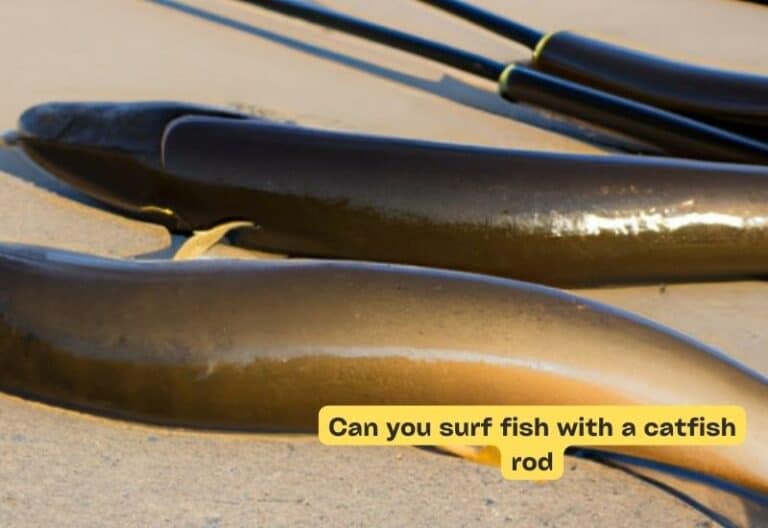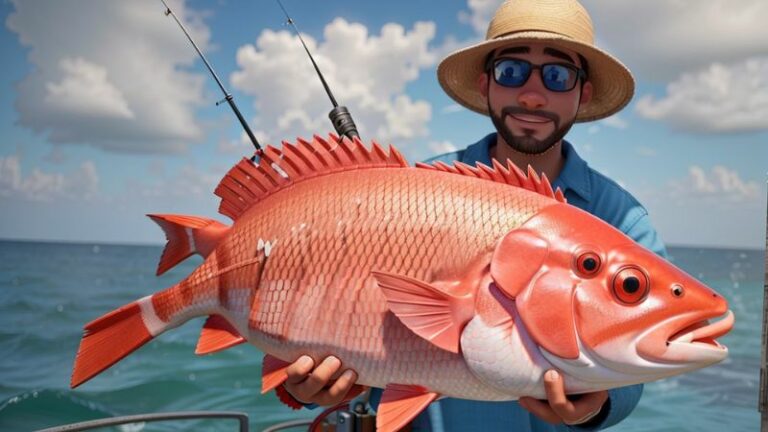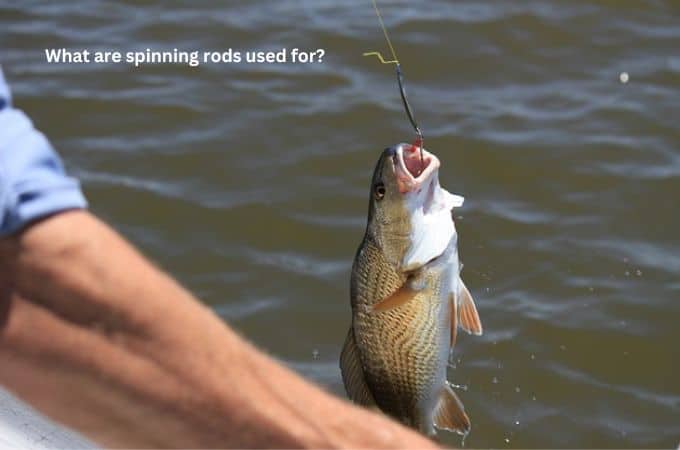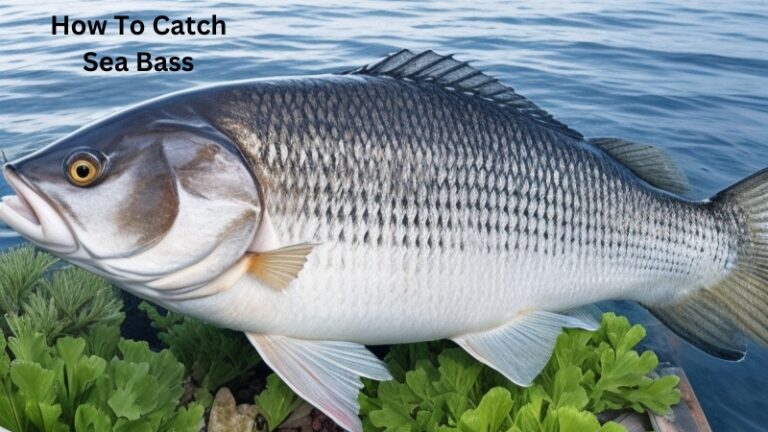How To Catch Mackerel
Today we discuss How To Catch Mackerel. Mackerel are known for their speed and agility, making them a thrilling catch for any aspiring fisherman. Whether you’re a beginner or have some fishing experience under your belt, we’ll walk you through the steps to increase your chances of success. So grab your fishing rod, bait up, and let’s get started on this mackerel-catching adventure.
In our quest to help you become a skilled mackerel angler, we’ll cover everything from choosing the right fishing spots and selecting the best bait to using the right fishing gear and techniques. By the end of this guide, you’ll have all the knowledge you need to head out to the waters and land yourself some mackerel. Get ready for an exciting journey filled with tips, tricks, and plenty of fish tales!
How to Catch Mackerel:
Are you eager to try your hand at catching mackerel? The sleek, silver fish known for their speed and agility can provide an exciting and rewarding fishing experience. In this comprehensive guide, we will explore the best techniques, equipment, and locations for mackerel fishing. Whether you are a beginner or an experienced angler, these tips will help you increase your chances of reeling in a prized mackerel. Let’s dive in and discover the secrets to a successful mackerel fishing trip!
Best Time and Locations for Mackerel Fishing:
Mackerels are known for their migratory patterns, often moving in large schools along coastlines. They are most active during the summer months when water temperatures are warmer. Look for areas with a mix of rocky structures, piers, and reefs as these provide ideal feeding grounds for mackerel.
Popular locations for mackerel fishing include coastal areas such as Cape Cod in Massachusetts, the Outer Banks in North Carolina, and the Gulf of Mexico. In Europe, the coastlines of Cornwall in England, Ireland, and Scotland are well-known mackerel hotspots. Timing is also important – early mornings and late evenings tend to be the best times to catch mackerel as they are closer to the surface and actively feeding.
When planning your mackerel fishing trip, keep in mind that their migration patterns can vary from year to year. Research local fishing reports, talk to local anglers, and consider hiring a fishing guide who is familiar with the area. Their knowledge and expertise can significantly increase your chances of landing a mackerel.
The Right Fishing Gear for Mackerel Fishing:
Now that you know where to find mackerel, let’s talk about the essential fishing gear you’ll need for a successful catch. Mackerel are known for their sharp teeth, so it’s important to use the appropriate tackle to avoid losing your catch. Here’s a list of the essentials:
- Rods and Reels: When it comes to rod and reel selection, opt for a lightweight spinning rod with medium to fast action. This will allow you to cast with ease and feel the bites more sensitively. Pair it with a medium-sized spinning reel that has a smooth drag system.
- Line and Leaders: Use a monofilament or braided fishing line with a test strength of 10-20 pounds. Attach a fluorocarbon leader with a test strength of 20-30 pounds to prevent mackerel from cutting through the line.
- Terminal Tackle: Mackerel can be caught using a variety of lures and bait. For lures, spoons, jigs, and feather rigs in shiny or metallic colors are highly effective. If you prefer using bait, opt for small live fish such as sand eels, small herring, or squid.
- Accessories: Don’t forget to pack a landing net, a sharp fillet knife, and a cooler with ice to keep your catch fresh.
Remember to check your local regulations regarding size and bag limits for mackerel fishing. Always prioritize sustainable fishing practices and release any undersized or unwanted fish.
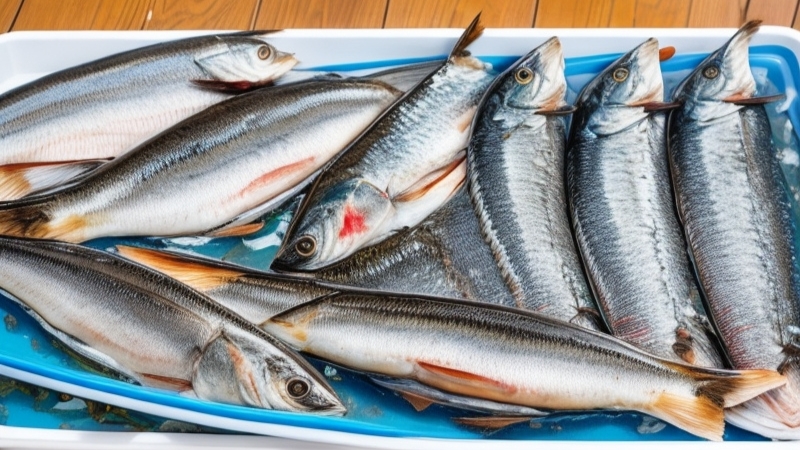
The Techniques for Mackerel Fishing:
Now that you have the right gear and know where to find mackerel, it’s time to learn the techniques that will increase your chances of success:
Trolling: Trolling is a popular technique for mackerel fishing, especially when targeting larger fish. Attach a spoon or a feather rig to your line, let out enough line behind your boat, and slowly cruise along the desired fishing area. Vary your speeds and experiment with different colors to entice strikes.
Jigging: Jigging is an effective method when mackerel are feeding closer to the bottom. Drop your jig to the desired depth and jerk it upward with quick and short movements. This imitates a wounded baitfish and triggers the predatory instinct of mackerel.
Float Fishing: Float fishing is a straightforward technique that is best suited for shore fishing or fishing from piers. Attach a float above your hook, cast into the desired area, and let the current or wind drift the bait. Keep an eye on the float for any movement that indicates a bite.
Experiment with these techniques and adjust your approach based on the conditions and the behavior of the mackerel. Remember, patience and persistence are key when it comes to fishing.
Top Tips for a Successful Mackerel Fishing Trip:
Here are some additional tips to maximize your chances of catching mackerel:
- Pay attention to the birds: Mackerel often swim close to the surface, creating disturbances that attract seabirds. Keep an eye out for diving birds, as they can indicate the presence of feeding mackerel below.
- Stay mobile: If you’re not getting bites in a specific area, don’t be afraid to move around. Mackerel schools can be scattered, so exploring different spots can lead to success.
- Use chumming techniques: Chumming involves throwing small pieces of bait such as fish scraps or mashed-up baitfish into the water to attract mackerel. This can significantly increase your chances of getting bites.
- Practice proper hook-removal: Mackerels have sharp teeth and can be difficult to handle. Use a pair of pliers or a hook-removal tool to safely unhook them, minimizing any harm to the fish.
- Enjoy the process: Mackerel fishing is not just about catching fish; it’s also about connecting with nature and enjoying the experience. Take the time to appreciate the beauty of the ocean and the thrill of being out on the water.
faqs for How To Catch Mackerel:
The best places to catch mackerel are coastal areas with rocky structures, piers, and reefs. Some popular locations include Cape Cod in Massachusetts, the Outer Banks in North Carolina, and Cornwall in England. Look for areas where mackerel are known to migrate during the summer months.
For mackerel fishing, you’ll need a lightweight spinning rod with medium to fast action, a medium-sized spinning reel with a smooth drag system, monofilament or braided fishing line with a test strength of 10-20 pounds, fluorocarbon leaders with a test strength of 20-30 pounds, and a variety of lures or bait such as spoons, jigs, or live fish. Don’t forget to pack a landing net, a fillet knife, and a cooler with ice for your catch.
Some effective techniques for catching mackerel include trolling, jigging, and float fishing. Trolling involves cruising along the desired fishing area with a spoon or feather rig attached to your line. Jigging entails dropping a jig to the desired depth and jerking it upward with quick movements.
Float fishing is done by attaching a float above your hook and letting the current or wind drift the bait. Experiment with these techniques and adjust based on the conditions and behavior of the mackerel.
Some additional tips for mackerel fishing include paying attention to diving birds, staying mobile to explore different spots, using chumming techniques to attract mackerel, practicing proper hook removal to minimize harm to the fish, and enjoying the overall experience of being out on the water. Patience and persistence are key when it comes to mackerel fishing.
Mackerel are most active during the summer months when water temperatures are warmer. Early mornings and late evenings are generally the best times to catch mackerel as they are closer to the surface and actively feeding.
Key Takeaways – How to Catch Mackerel
- Choose the right fishing gear for mackerel, such as a lightweight rod and reel combo.
- Look for areas with strong tidal currents and depths between 20-50 feet, as mackerel tend to gather there.
- Use a silver spoon lure or feathers with baitfish scent to attract mackerel.
- Retrieve your lure with a fast and erratic motion to mimic the swimming action of mackerel.
- Be patient and pay attention to the bites, a sudden jerk or resistance on the line can indicate a mackerel strike.
How to catch Mackerel | TAFishing
Summary
So, if you want to catch mackerel, here are the key points to remember: use the right bait like small fish or lures that mimic them, and find a good spot where mackerel are likely to be, such as near structures or in deeper waters, and use a fishing rod and reel that can handle the strength of the fish. Cast your line out, let it sink a bit, and then reel it in with a steady motion to attract the mackerel. Remember to be patient and try different techniques until you find what works best for you. With practice and persistence, you’ll be reeling in mackerel in no time!

